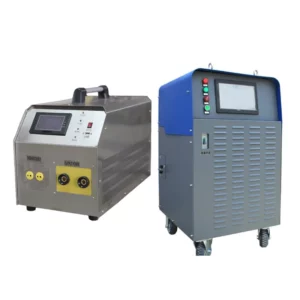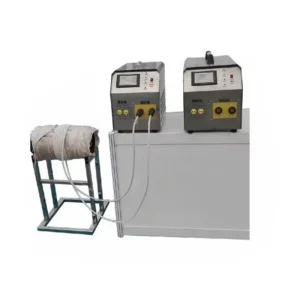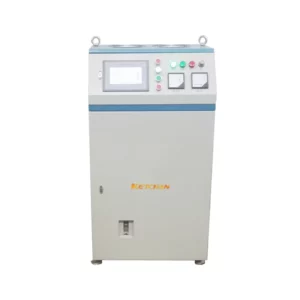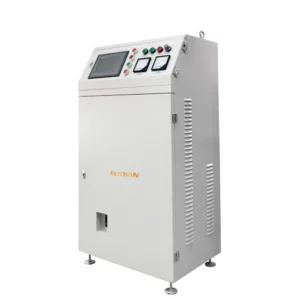What’s Induction preheating?
The welding of important components, alloy steel, and thick parts requires induction preheating before welding. The process means of heating the whole welding part or part of the welding area before welding is called preheating. The process of heating the whole welding part or the part of the welding area before welding is called the induction preheating process.
For steels with high welding strength and hardening tendency, materials with especially good thermal conductivity, and welding parts with large thickness, and when the ambient temperature around the welding area is too low, it is often necessary to do the welding parts induction preheating process before welding. The main purpose of induction preheating is to reduce the cooling rate of the welded joint. Induction preheating not only can reduce the cooling rate, but also does not affect the residence time at high temperatures, which is ideal. Therefore, when welding the copper with a hardening tendency, the main induction preheating machine technological measure is to reduce cooling speed and hardening tendency rather than increasing wire energy.
When multilayer and multipass welding is carried out on the weldment, the lowest temperature of the front weld is called the interlayer temperature when the welding ends. For materials requiring induction preheating welding, when multilayer welding is required, the interlayer temperature should be equal to or slightly higher than the induction preheating temperature. If the interlayer temperature is lower than the induction preheating temperature, it should be preheated again.
Why use Induction Preheating?
- Induction preheating can slow down the cooling rate after welding. It is beneficial to escape the diffused hydrogen in the weld metal and avoid hydrogen-induced cracks. At the same time, It also reduces the welding seal and heat-affected zone hardening level, the welded joint crack resistance is improved.
- Induction preheating can reduce welding stress. The temperature difference (also known as temperature gradient) between welders in the welding area can be reduced by uniformly local or whole induction preheating. In this way, on the one hand, the welding stress is reduced, on the other hand, the welding strain rate is reduced, which is beneficial to avoiding welding cracks.
- Induction preheating can reduce the welded structures constraint degree, it is especially obvious to reduce the constraint of the Angle joint. With the increase of induction preheating temperature, the crack incidence decreases.
Induction preheating temperature and interlayer temperature (Note: when multi-layer and multi-pass welding is carried out on the weldment, the lowest temperature of the front weld is called interlayer temperature when the post-weld is welded. For materials requiring induction preheating welding, when multilayer welding is required, the interlayer temperature should be equal to or slightly higher than the induction preheating temperature. If the interlayer temperature is lower than the induction preheating temperature, it should be induction preheated again.
In addition, the uniformity of induction preheating temperature in the direction of steel plate thickness and in the weld area has an important effect on reducing welding stress. The width of local induction preheating should be determined according to the constraint of the welder, generally three times the wall thickness around the weld zone, and not less than 150-200 mm. If the induction preheating is not uniform, not only will not reduce the welding stress but will increase the welding stress.
How to Find the Suitable Induction Preheating Solution?
When choosing the appropriate induction preheating equipment mainly consider the following aspects:
- The heated workpiece’s shape and size.: Large workpiece, bar material, solid material, should be selected relative power, low-frequency induction heating equipment; If the workpiece is small, pipe, plate, gear, etc., the induction preheating equipment with low relative power and high frequency should be selected.
- The depth and area to be heated: Deep heating depth, large area, overall heating, should choose large power, low frequency induction heating equipment; Shallow heating depth, small area, local heating, selection of relatively small power, high frequency induction preheating equipment.
- The requried heating speed: If the heating speed is fast, the induction heating equipment with relatively large power and relatively high frequency should be selected.
- Equipment continuous working time: Continuous working time is long, relatively select slightly larger power induction preheating equipment.
- Distance between the induction heating head and the induction machine: Long connection, even the use of a water-cooled cable connection, should be a relatively large power induction preheating machine.
What is The Induction Preheating Machine Application?
These years, as technology is changing all the time, induction preheating machine is widely used in all kinds of industries. Normally includes the following induction preheating fields.
- Induction preheating: induction preheating for welding, preheating for coating, preheating for assembly, induction preheating for mold, induction preheating for ship deck.
- Post-weld induction heat treatment: post-weld heat treatment of pressure vessel, boiler, roll, valve, pipe, and other metal parts.
- Medium induction heating and insulation: Crude oil pipeline, water pipeline induction preheating, reactive gas pipeline heating, wood drying, metal drying, and so on.
The induction preheating equipment is used in petrochemical, oil and gas pipelines, aerospace, shipbuilding, steel, boilers, shipbuilding, pressure vessel, steel frame structure, railway, bridge, mine construction, automobile manufacturing, nuclear power, mining industry, etc.
Tags:Air cooled heater, air cooling induction heater, air cooling induction heating, air cooling induction heating system, air cooling induction machine, air cooling PWHT, Air-Cooled Induction System, Electric Air Heaters, for Sale, High Frequency Brazing, High Frequency Welding, induction brazing, induction heater, induction heating, induction heating machine, induction pipeline heating, Induction Post Weld Heat Treatment machine, induction preheating pipeline, induction preheating system, induction welding, induction welding machine, KETCHAN, KETCHAN Electronic, Manufacturers, pipeline heating system, Post Weld Heat Treatment, Post Weld Heat Treatment machine, preheat induction welding, preheat welding, price, PWHT, Suppliers, Zhengzhou KETCHAN, Zhengzhou KETCHAN Electronic
- You can visit Zhengzhou KETCHAN electronic Co.,ltd Youtube video room for more. Thanks.
Related knowledge
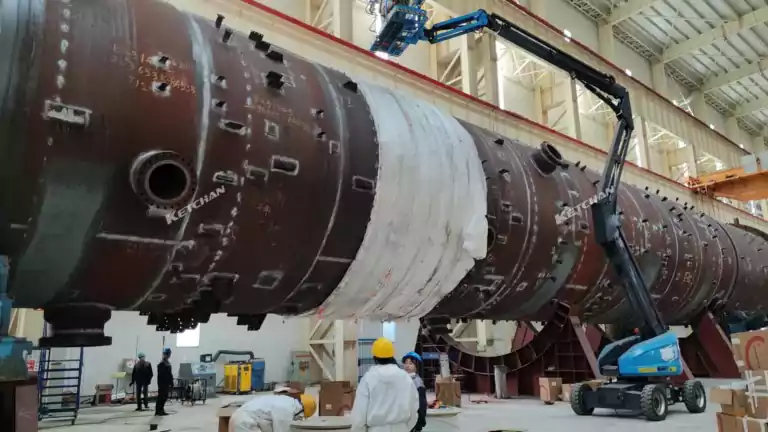
Preheating Before Welding and Post-welding Heat Treatment
What are them? Preheating before welding and post-welding heat treatment are thermal processes that can improve the quality and integrity of welds. They are often required for welding thick or
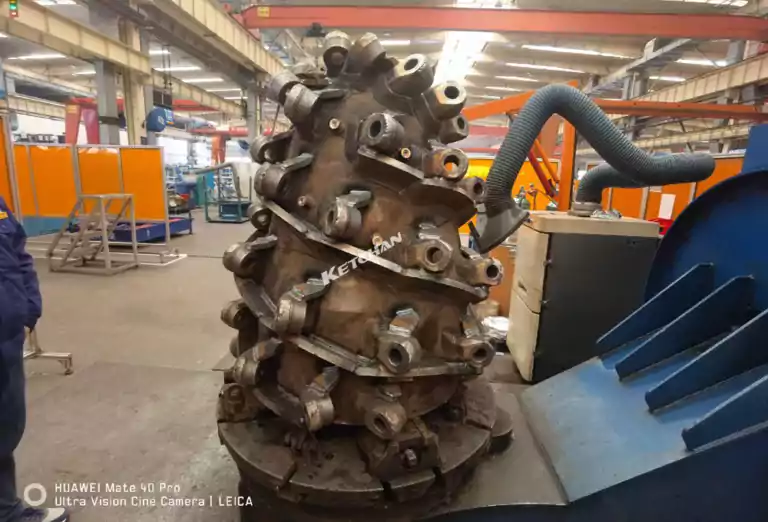
Pre-Weld and Post-Weld Heat Treatment of Tunnel Rock Mining Boring Head Drill Bits
Pre weld and post weld heat treatment of tunnel rock mining boring head drill bits Post weld heat treatment of corner joints of steel structures Pre-weld and post-weld heat treatment
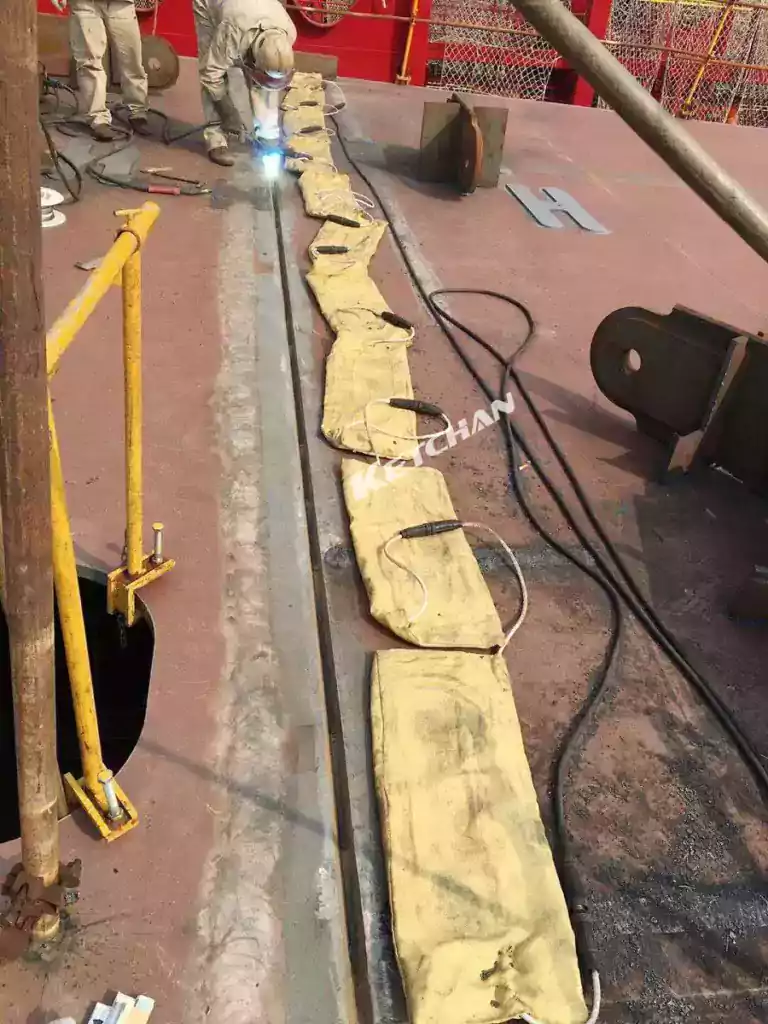
Preheating of steel plate welds in shipbuilding industry
The induction coil (also called a heating sheet or heating blanket) of the electromagnetic induction heating machine is made of flexible cables. It can quickly heat 20-90mm thick steel plates
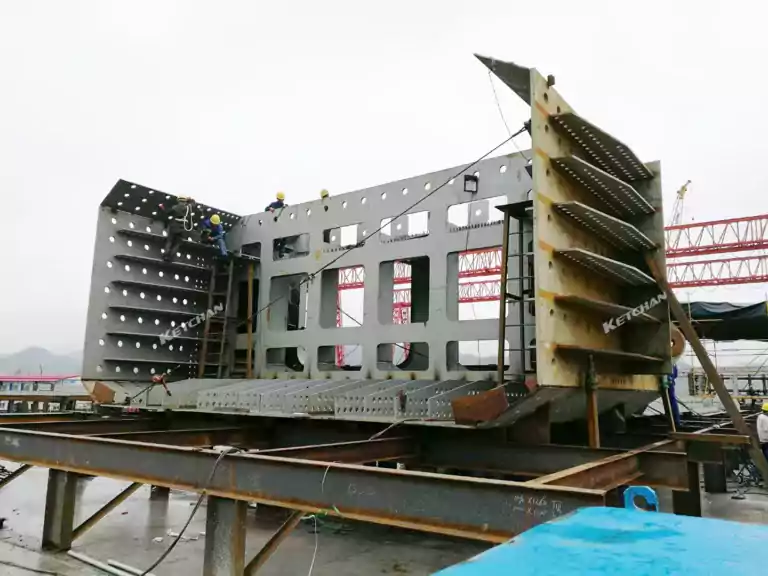
Preheating of Fillet Welds in Steel Structures of Railway Bridges
A fillet weld in steel structures of railway bridges is a weld that joins two pieces of metal at right angles. The air-cooled induction heating machine can work in the
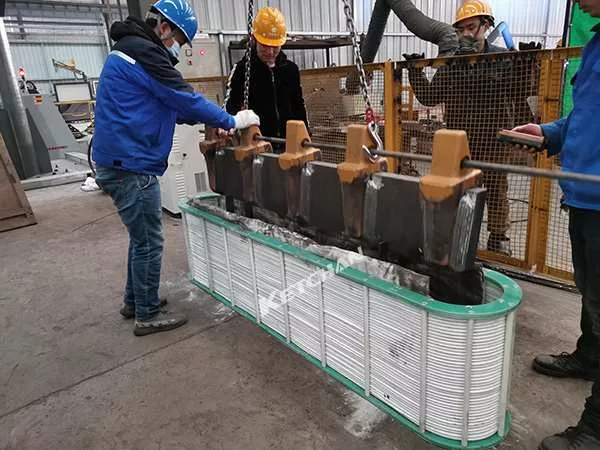
Preheating for Welding Tooth Blade Bucket Cutting Edge
What is high frequency induction hardening machine? Preheating is an important step for welding tooth blade bucket cutting edge, as it reduces the risk of hydrogen cracking and improves the
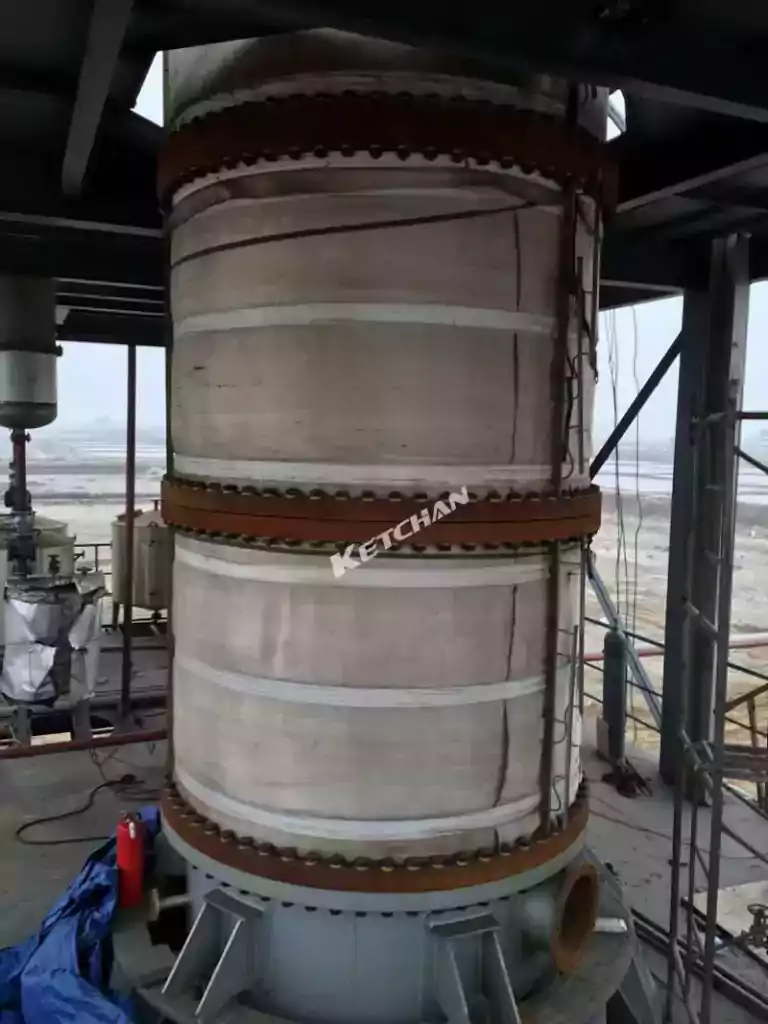
Electromagnetic heating of chemical reactors
Chemical reactor electromagnetic heating is a technology that uses radio waves or magnetic fields to heat materials or fluids within the reactor. Induction heaters connect coils around the heating body
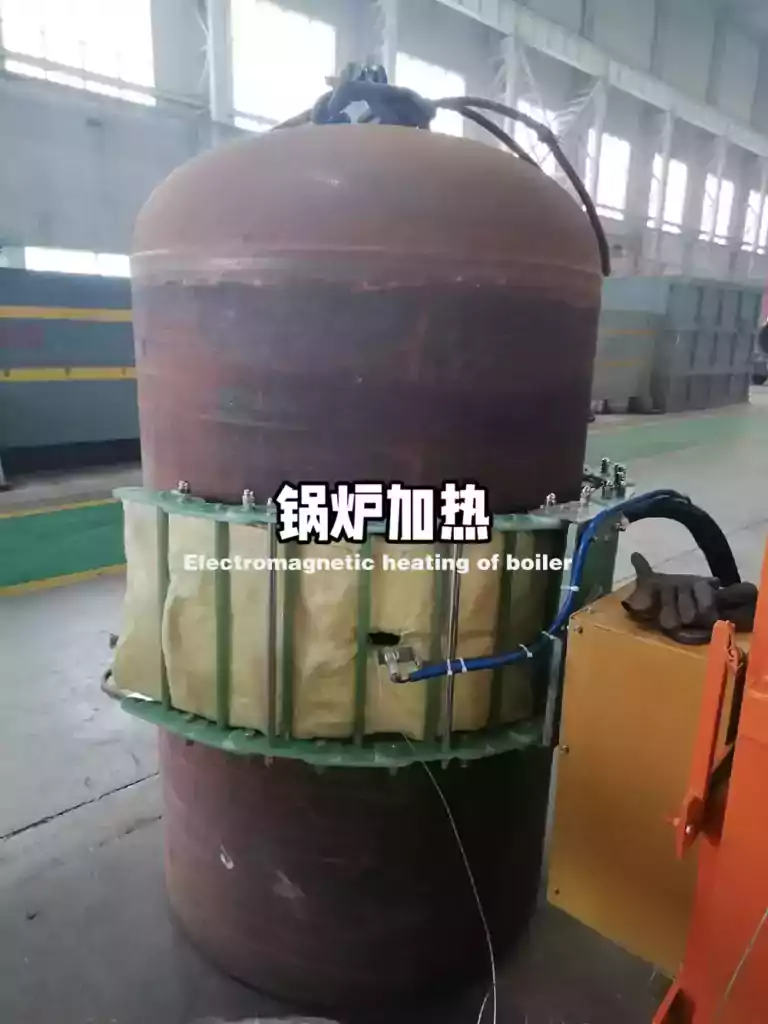
Electromagnetic induction heating of boiler and pipeline insulation
Why use electromagnetic induction heating for boiler heating? Electromagnetic heating boilers are devices that use induction heating to heat water or other fluids for various purposes, such as space heating,

Preheating before welding on offshore steel drilling platforms
Offshore steel structure drilling platforms use a large number of high-strength steels with thicknesses greater than 50mm and grades of DH32/36, EH32/36, EH40, FH40, etc., and even ultra-high-strength steels such
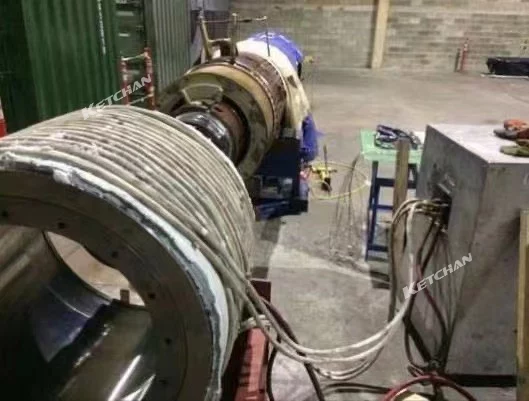
How to do large workpieces induction shrink fitting?
Current status of hot assembly and hot disassembly process The workpiece is assembled and disassembled with interference, and the traditional process uses acetylene to bake or cook with oil
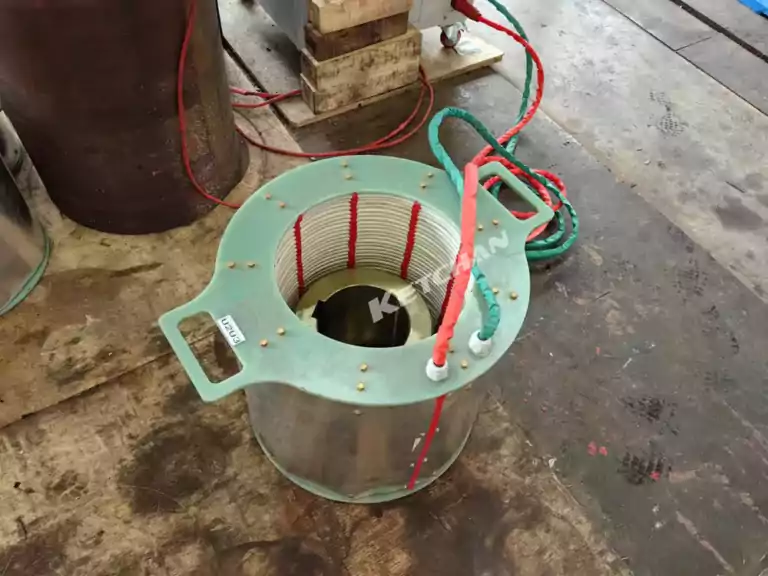
Coupling Removal by Electromagnetic Induction Heating
Coupling removal by induction heating is a process of using an electric current to generate heat in a metal object, such as a coupling hub, and then applying a pulling
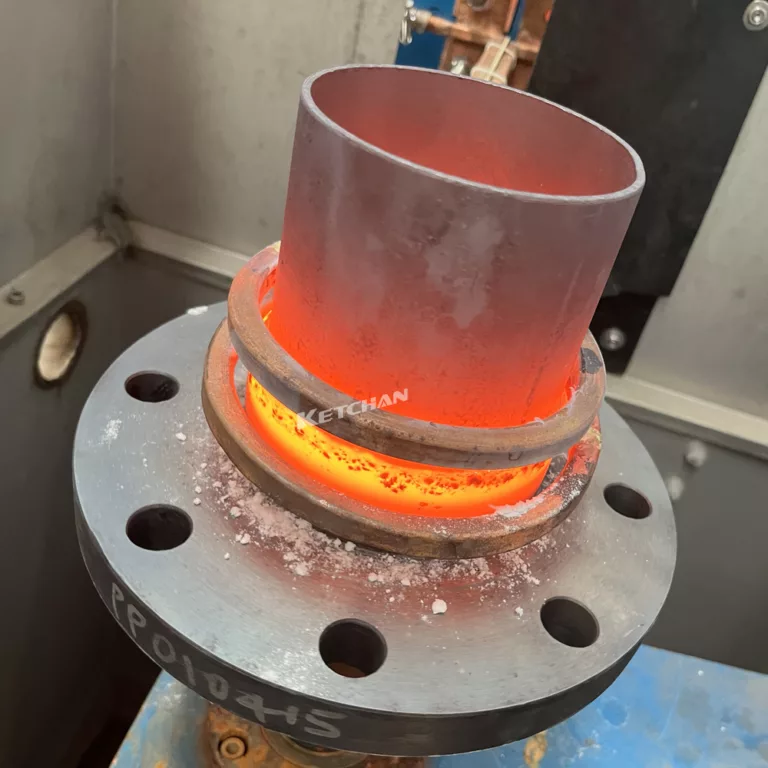
Why Post-welding stress relief?
Post-welding stress relief is a process that is used to reduce the residual stresses that are produced by rapid cooling after welding in the welded component. Residual stresses can

